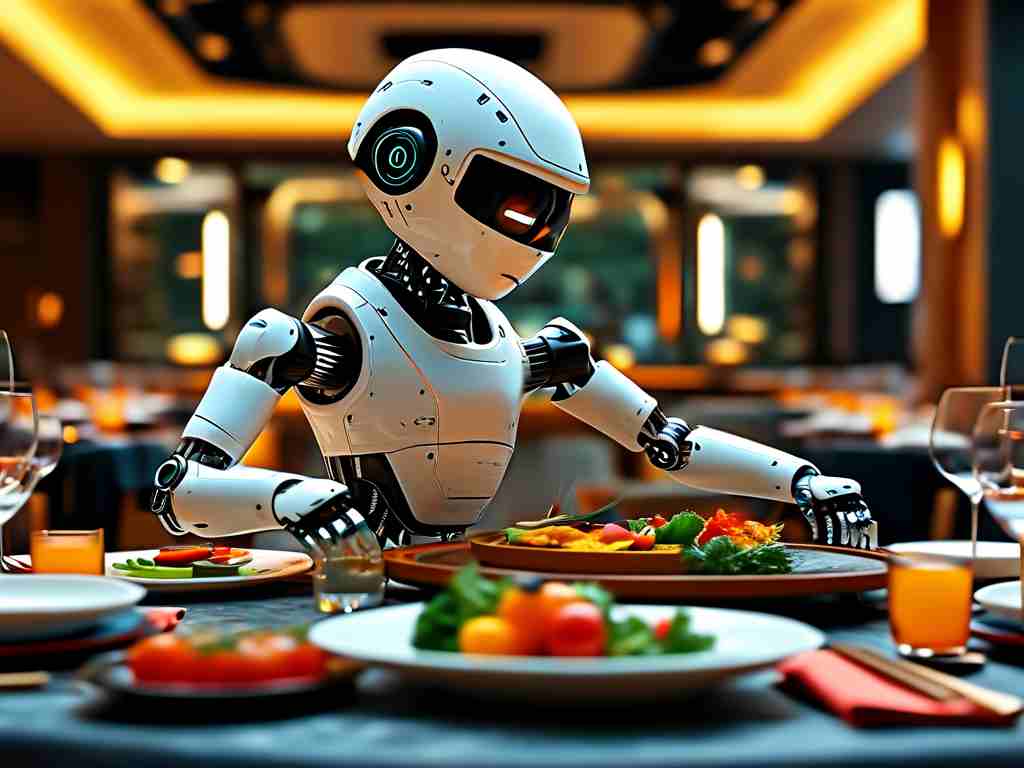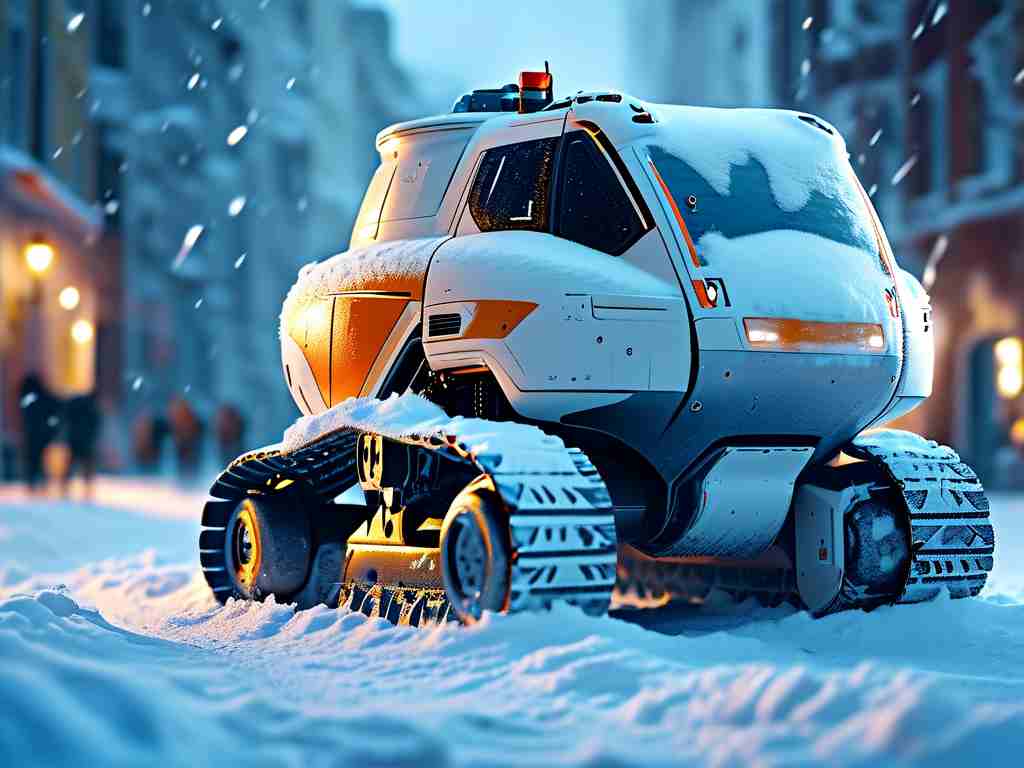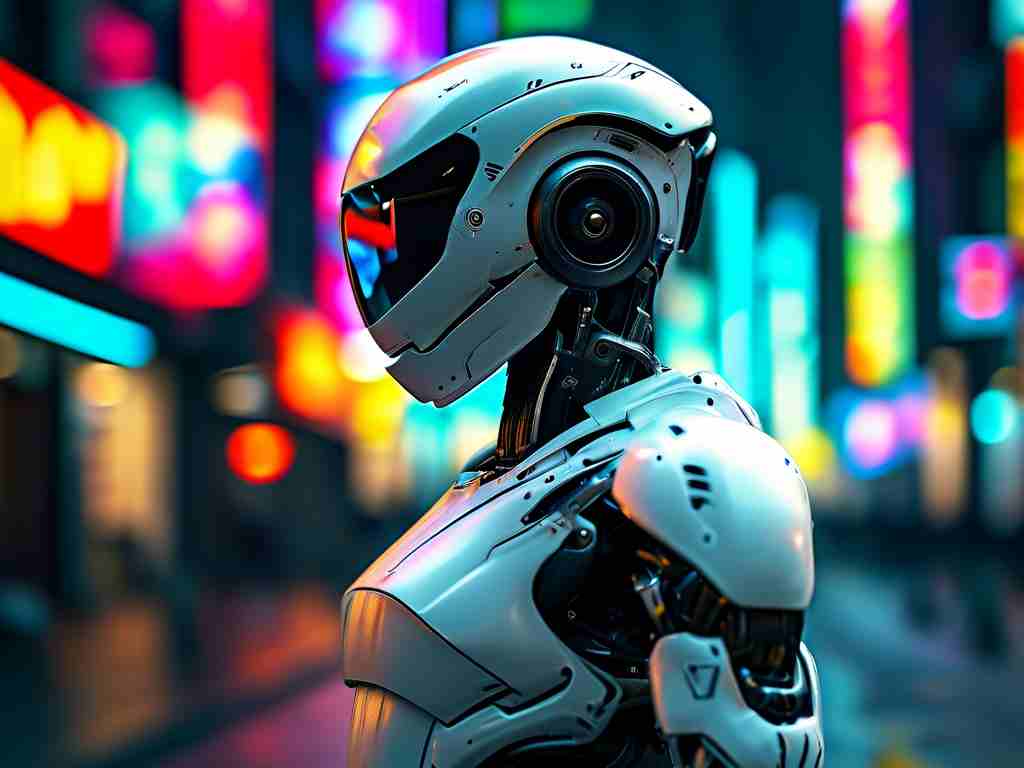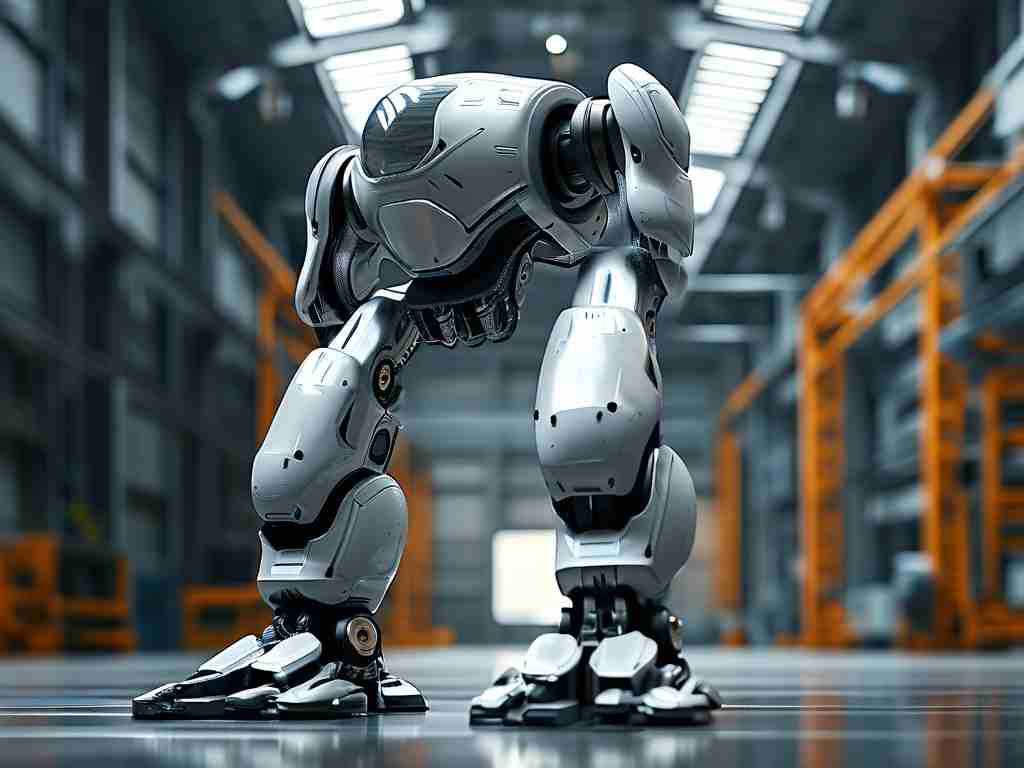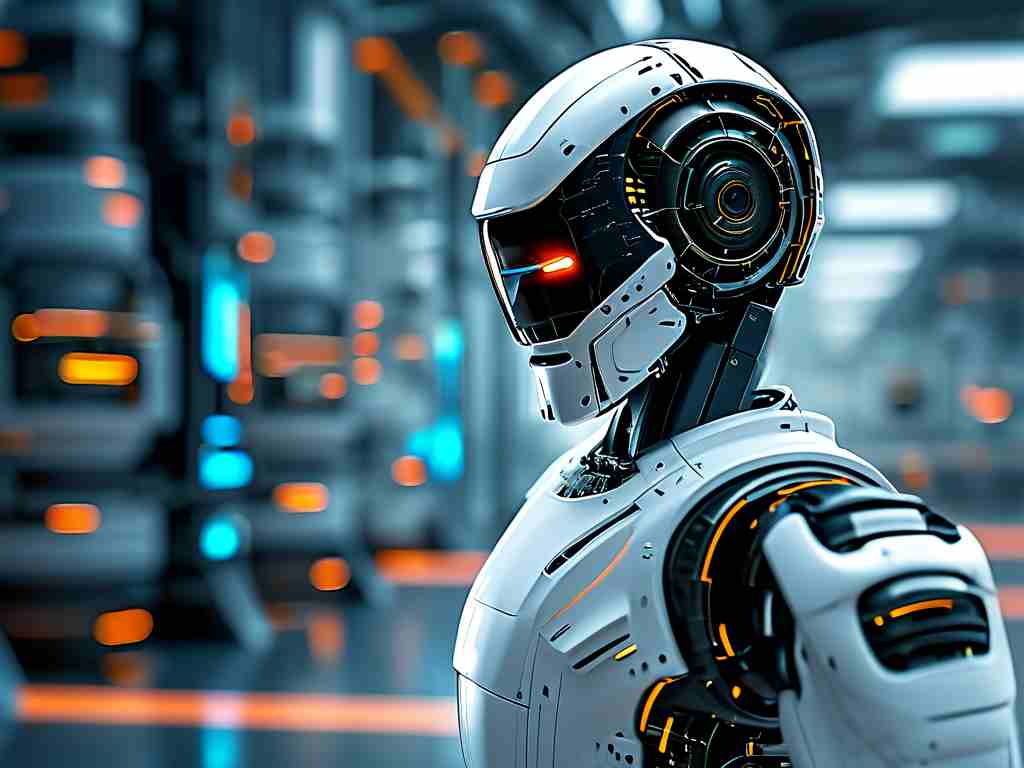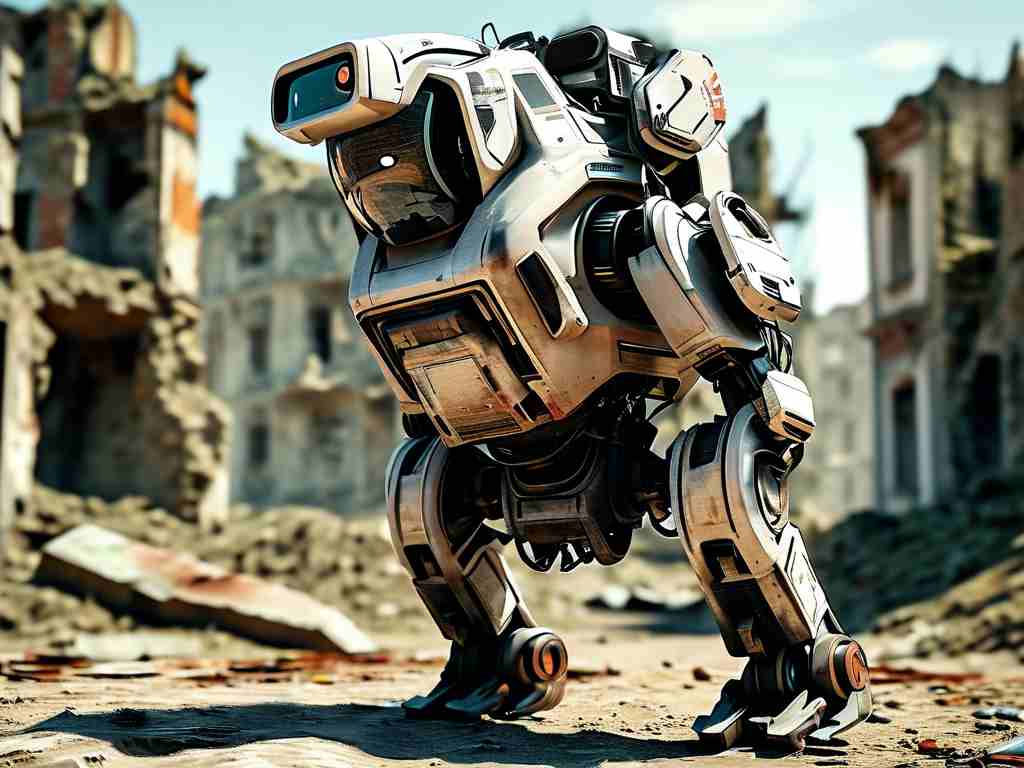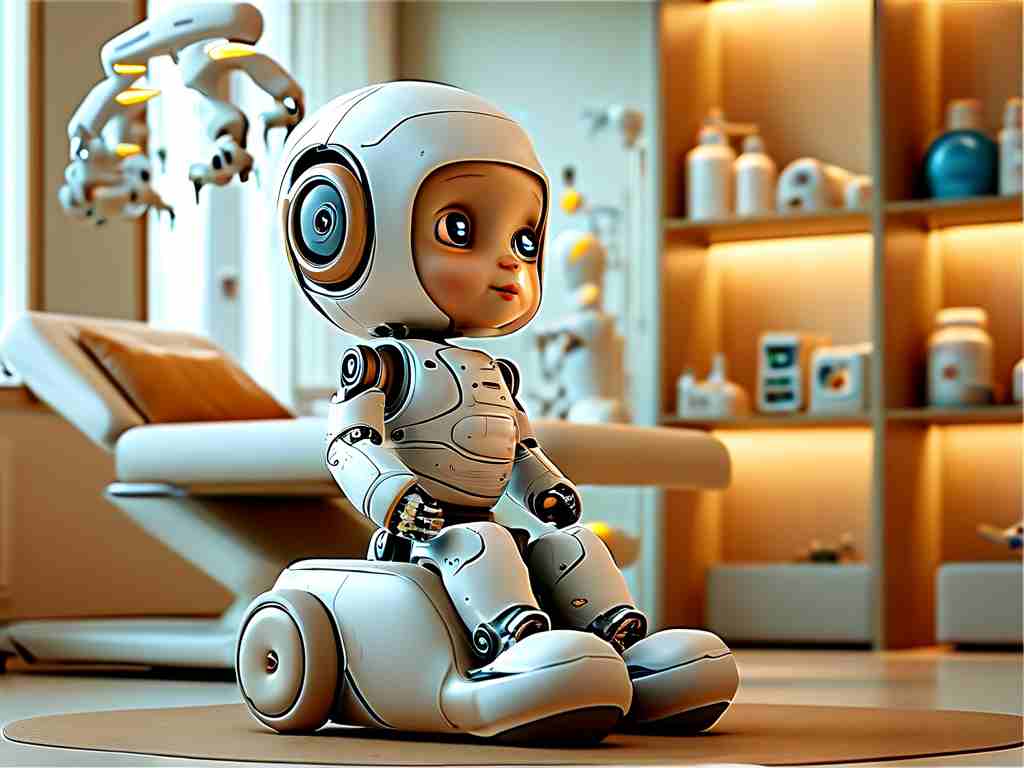The Robot Operating System 2 (ROS2) has become a cornerstone in modern robotics development, offering a flexible framework for building complex systems. Among its strengths is the integration of algorithms that address critical challenges in navigation, perception, and control. This article explores essential algorithms commonly used in ROS2, highlighting their roles and practical implementations.
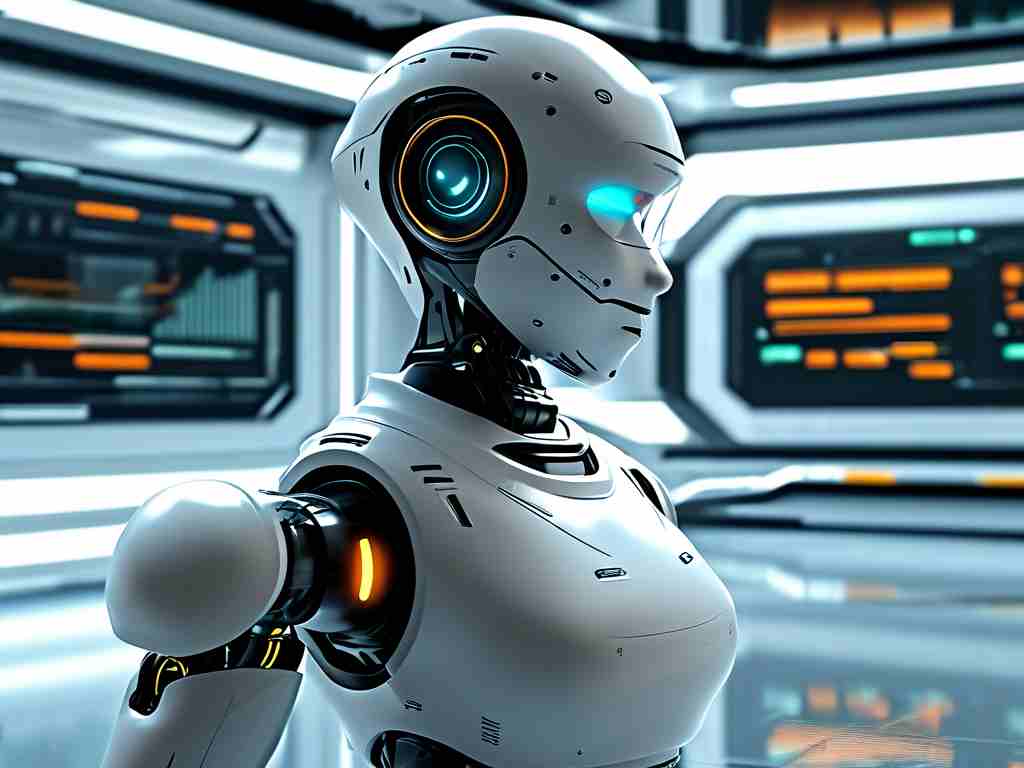
Path Planning and Navigation
One of the most critical algorithms in ROS2 is the Adaptive Monte Carlo Localization (AMCL), which enables robots to estimate their position in dynamic environments. By combining particle filters and sensor data, AMCL allows robots to adapt to changes in their surroundings, making it ideal for applications like warehouse logistics. Another key algorithm is the Dijkstra or A* path planning method, often implemented via the Nav2 stack. These algorithms calculate optimal routes while avoiding obstacles, ensuring efficient navigation. For example, the following code snippet demonstrates initializing a navigation node in ROS2:
from nav2_simple_commander.robot_navigator import BasicNavigator navigator = BasicNavigator() navigator.waitUntilNav2Active()
Perception and SLAM
Simultaneous Localization and Mapping (SLAM) is a cornerstone of autonomous robotics. ROS2 integrates gmapping and Cartographer for 2D mapping, leveraging LiDAR or depth camera data. These algorithms construct real-time maps while tracking the robot’s position, essential for exploration tasks. For 3D environments, RTAB-Map is widely used, combining visual odometry and loop closure detection to handle large-scale spaces.
Control Algorithms
PID controllers remain a staple in ROS2 for motion control, balancing simplicity and effectiveness. They adjust motor outputs based on error signals from sensors, ensuring precise trajectory tracking. For more complex systems, Model Predictive Control (MPC) is gaining traction, optimizing control inputs over a receding horizon. ROS2’s support for real-time computation makes MPC feasible for high-speed applications like drone stabilization.
Communication and Middleware
While not an algorithm per se, ROS2’s Data Distribution Service (DDS) underpins efficient message passing. Its quality-of-service (QoS) policies ensure reliable communication, critical for multi-robot systems. For instance, setting QoS profiles to prioritize sensor data over less time-sensitive topics prevents bottlenecks.
Machine Learning Integration
ROS2’s compatibility with frameworks like TensorFlow and PyTorch enables the deployment of ML models. Algorithms such as YOLO for object detection or Reinforcement Learning (RL) for adaptive decision-making are increasingly integrated into ROS2 pipelines. A typical workflow involves preprocessing sensor data in ROS2 nodes before feeding it into inference engines.
Challenges and Optimizations
Despite these capabilities, developers must address challenges like latency and resource constraints. Optimizing algorithm parameters—e.g., reducing SLAM update rates on low-power hardware—is common. ROS2’s composable nodes also allow distributing computational loads across multiple devices, balancing efficiency and performance.
In , ROS2’s algorithmic ecosystem empowers developers to tackle diverse robotic challenges. From navigation to AI-driven perception, these tools provide a foundation for innovation. As robotics evolves, ROS2 will likely continue integrating cutting-edge algorithms, solidifying its role in the industry.


